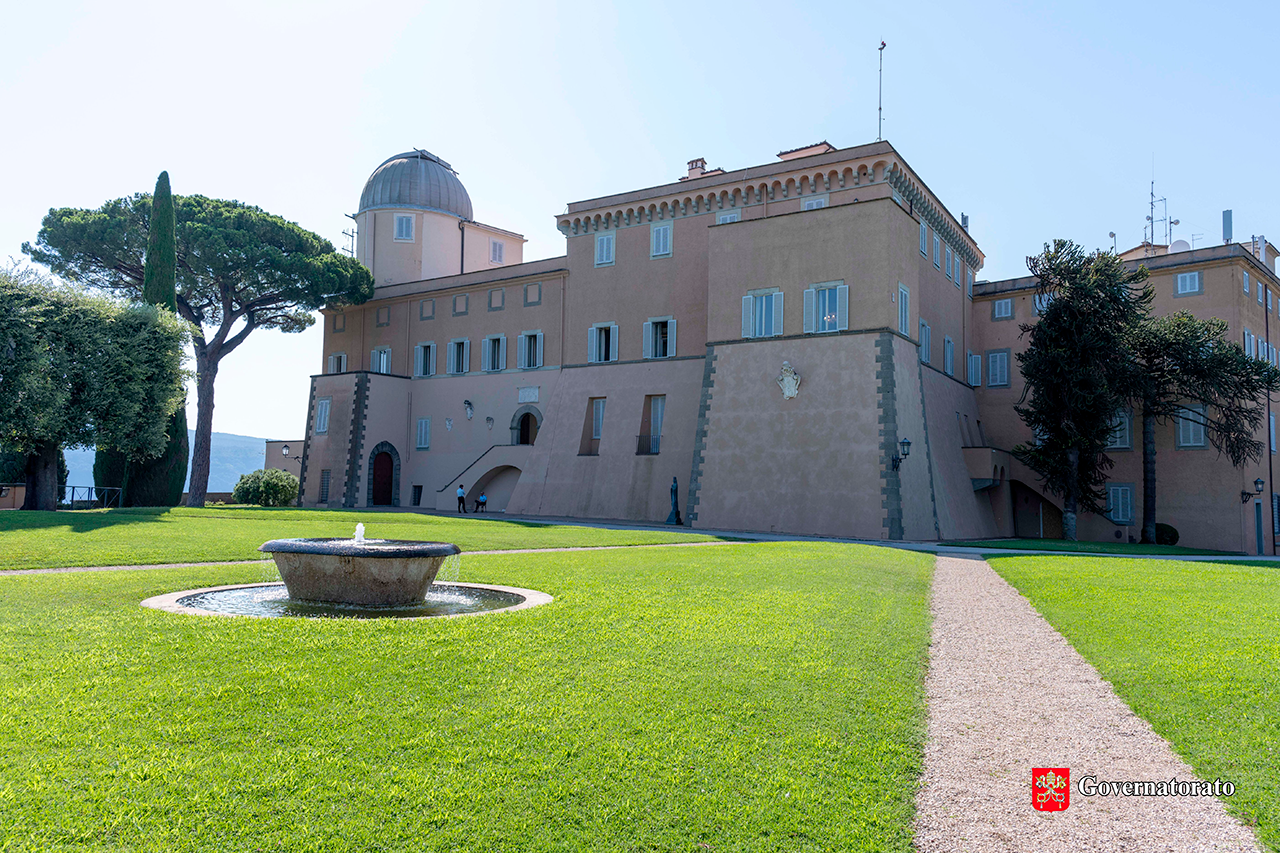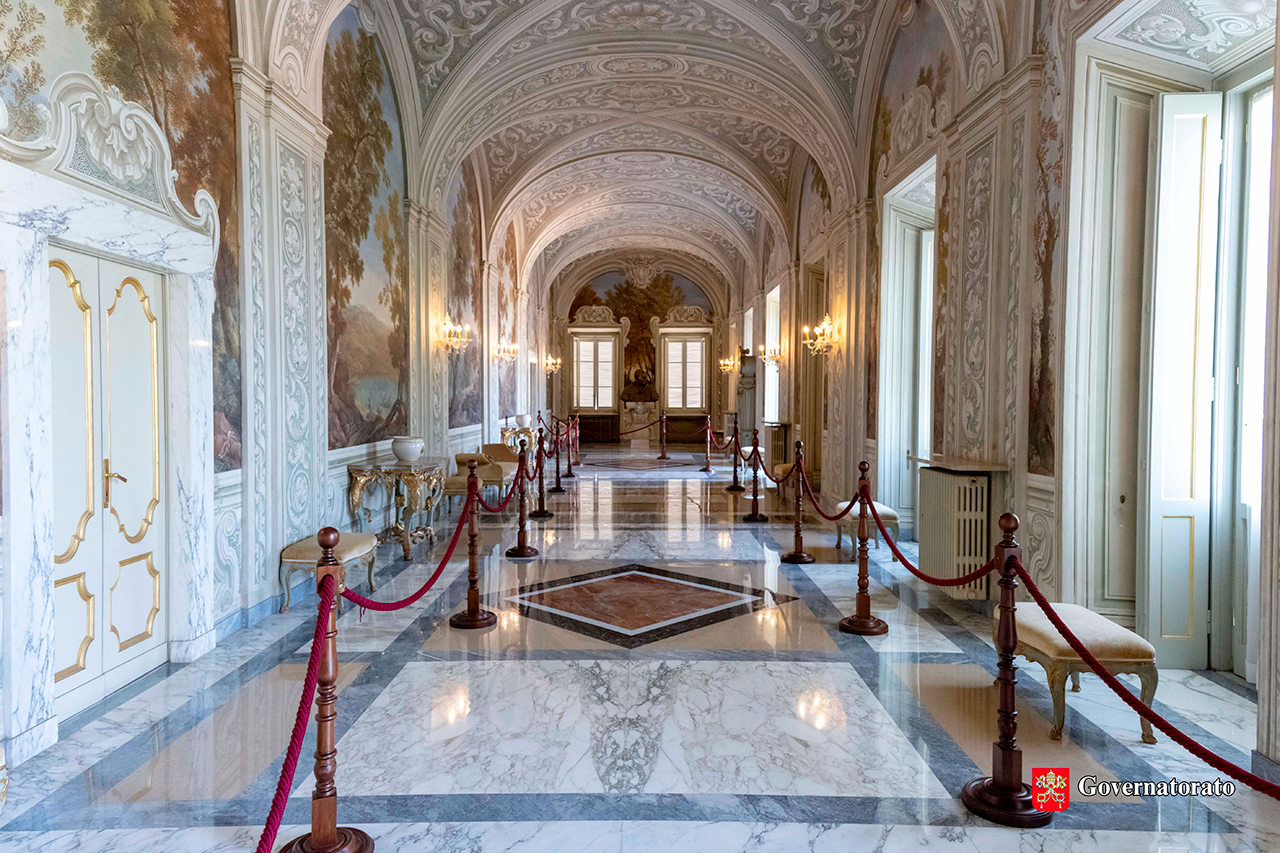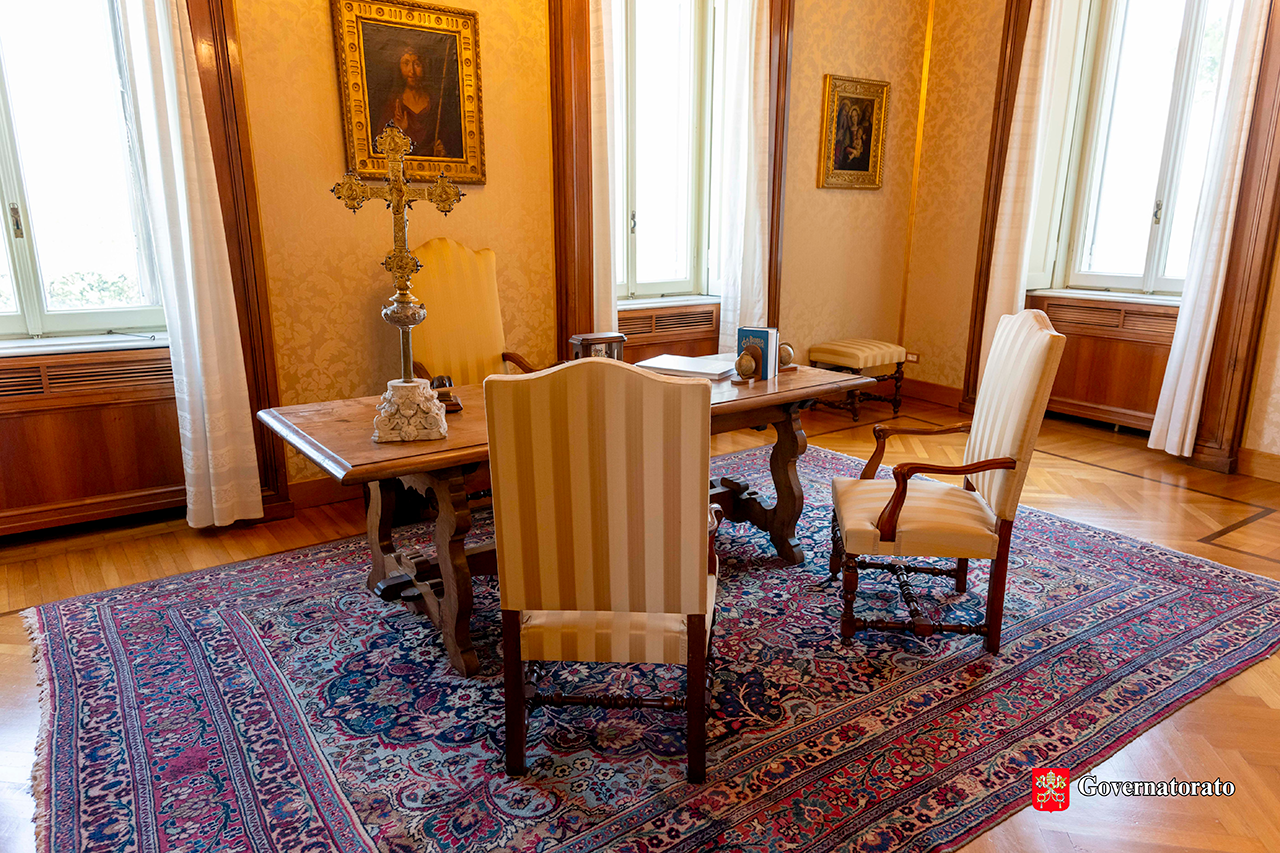The Apostolic Palace
The Apostolic Palace opens to the general public for the first time
The first pope to spend his holidays in the palace was Urban VIII, in May 1626. Archival documents state that he left Rome as some blank cannon fired at his departure. It was he who decided that the pope’s holidays should be spent "at the castle" and made the Palace itself "Apostolic".
Built around the year 1000 by the Gandolfi family, in 1200 it was sold to Cardinal Giacomo Savelli who in 1285 ascended to the throne of Peter choosing the name of Honorius IV. In 1500 the Apostolic Chamber expropriated the entire building from the Savellis due to their huge debts. Since then, apart from the period from the end of the Papal State (1870) to the signing of the Lateran Pacts (1929), it has been owned by the Vatican.
After 1929, Pius XI carried out important consolidation and renovation works on the Palace to adapt it to new needs and to establish connections between the three parks on the presmises: the Giardino del Moro, Villa Cybo and Villa Barberini. In 1934, the pope also transferred the Vatican Astronomical Observatory, entrusted to the astronomers of the Jesuit Order, from Vatican City to Castel Gandolfo, as the city and its surroundings lacked the darkness of the night sky necessary for celestial observations and study. From here, in 1932, Guglielmo Marconi made the first live radiotelephone connection with microwave technology from the observatory to Vatican City.

Discover

The Gallery
An exhibition to understand what the pontificates of the last 500 years were like, from Julius II to Pope Francis: paintings, vestments from various eras, uniforms of the Palatine Guards are elegantly exhibited in rooms that were private for centuries.

The private apartment
Una visita ai Castelli Romani non può dirsi completa se non prevede una tappa nella pittoresca Piazza della Libertà di Castel Gandolfo, dove il solenne Palazzo Apostolico apre per la prima volta al numeroso pubblico l'Appartamento Privato del Pontefice.




